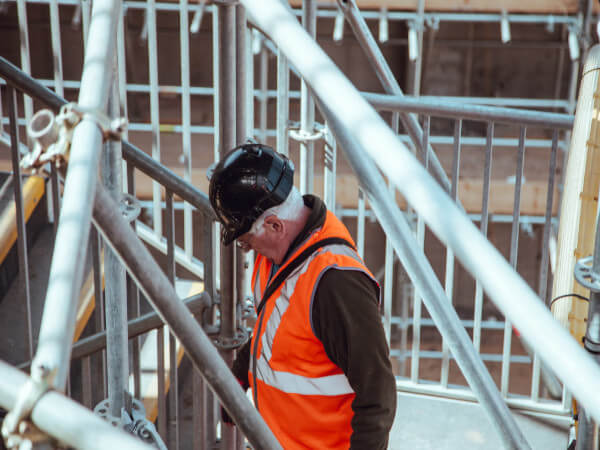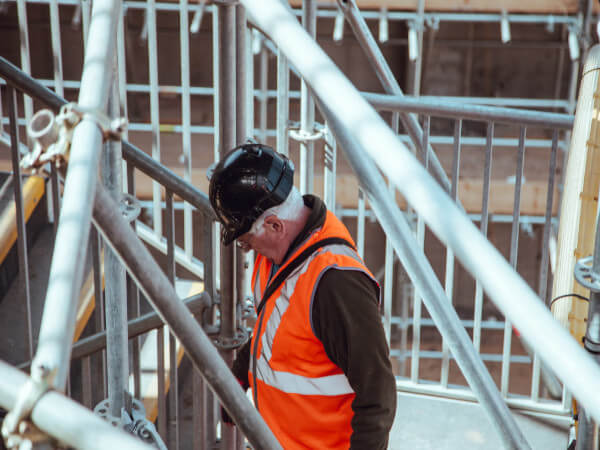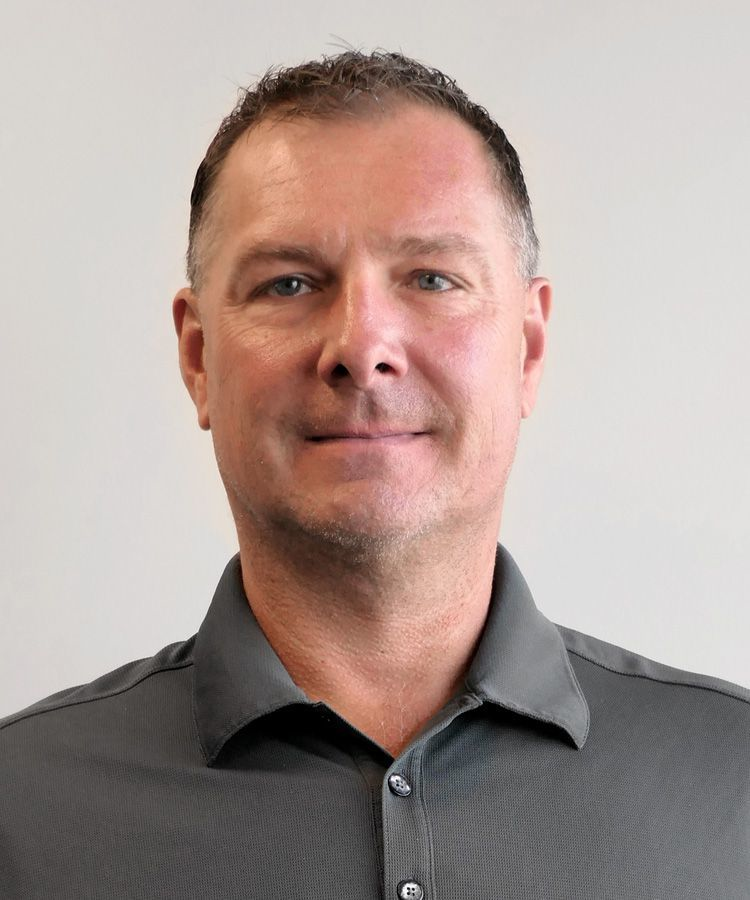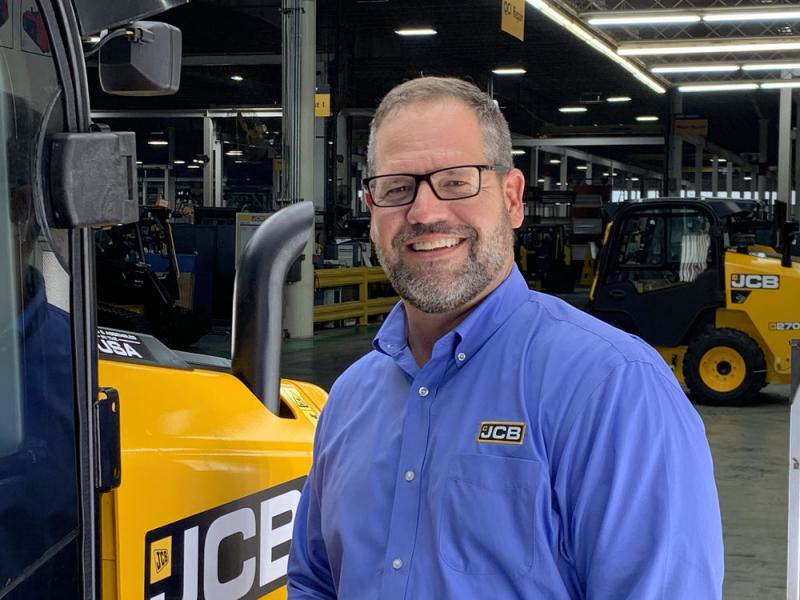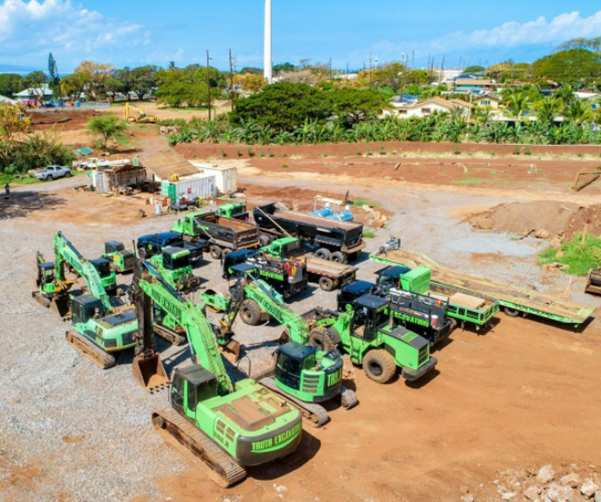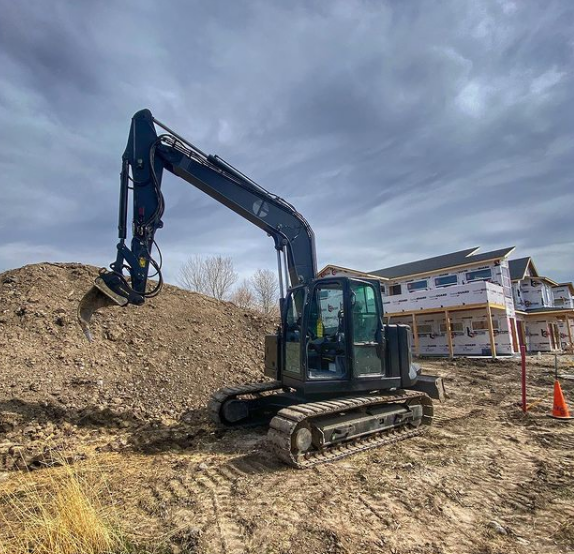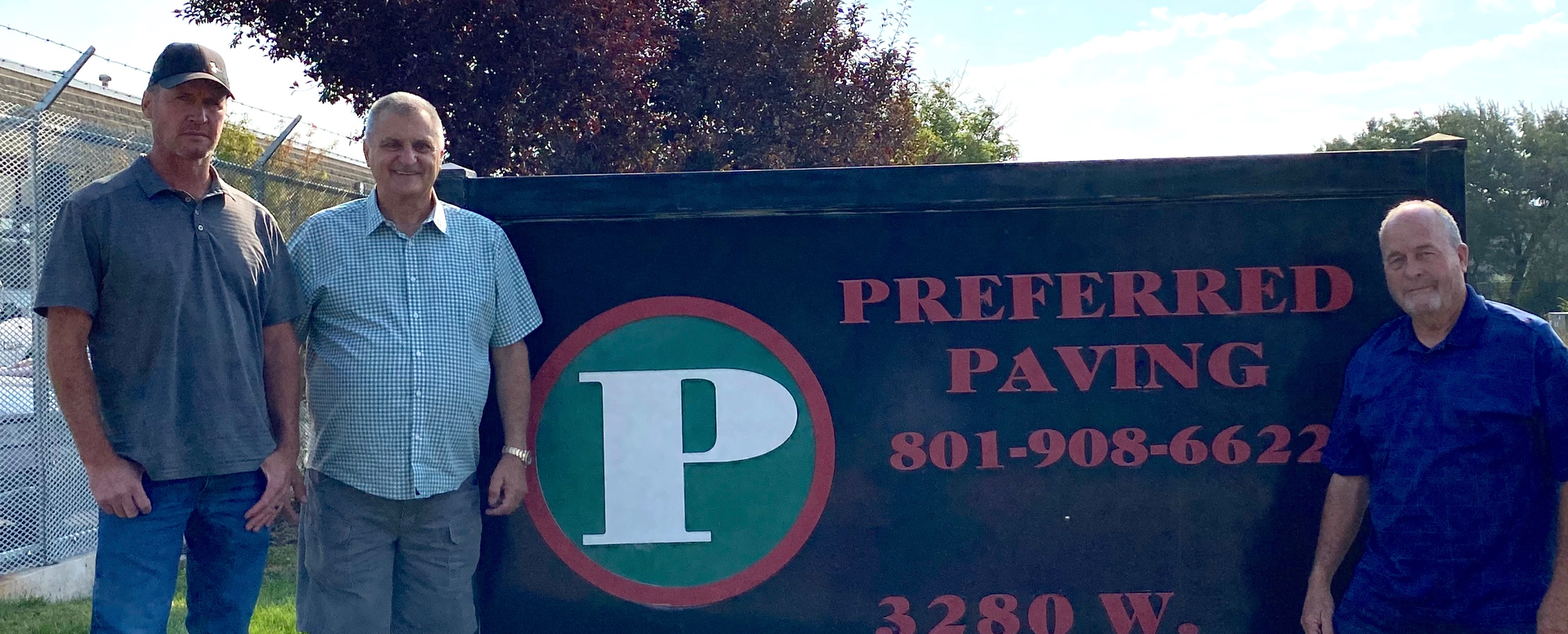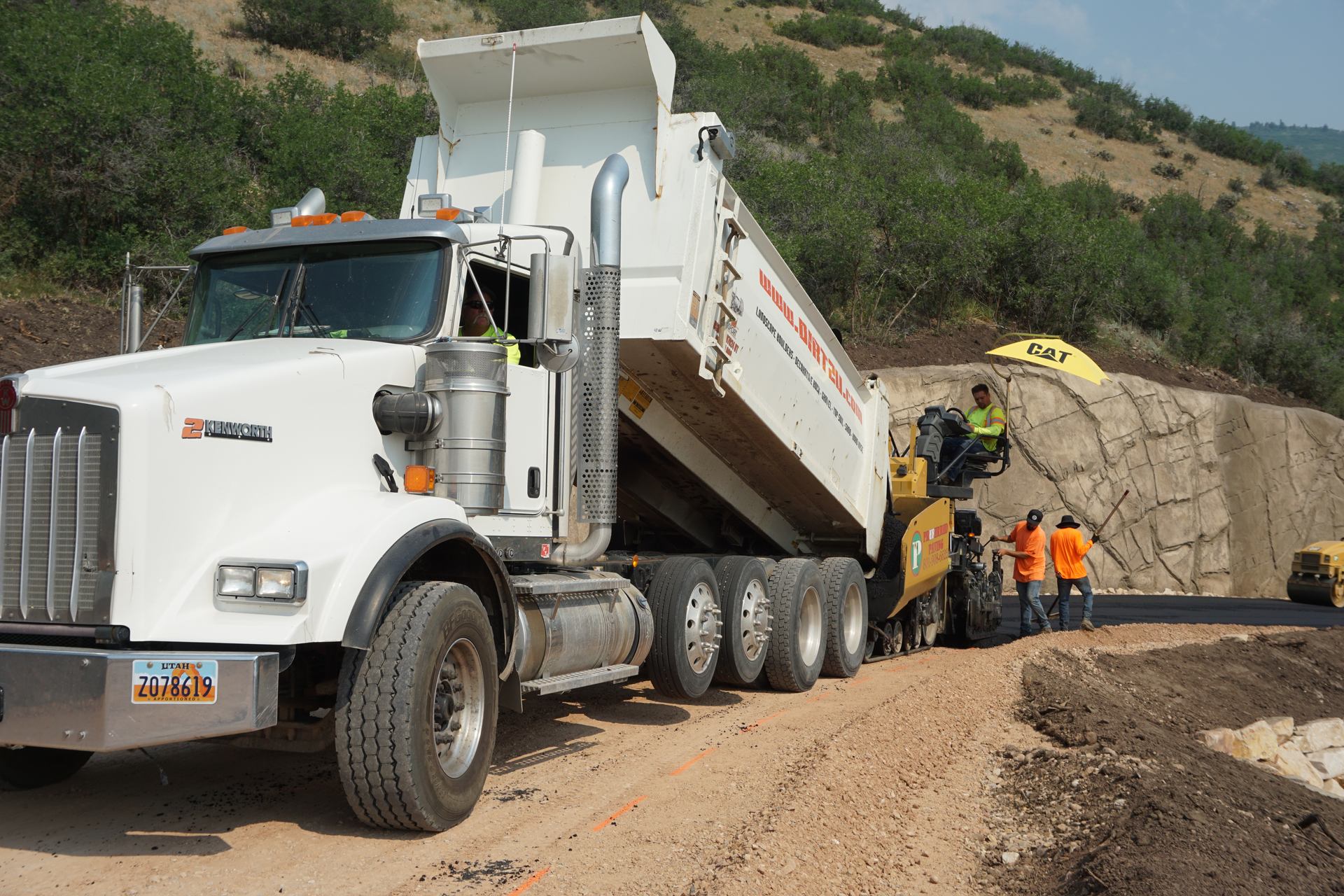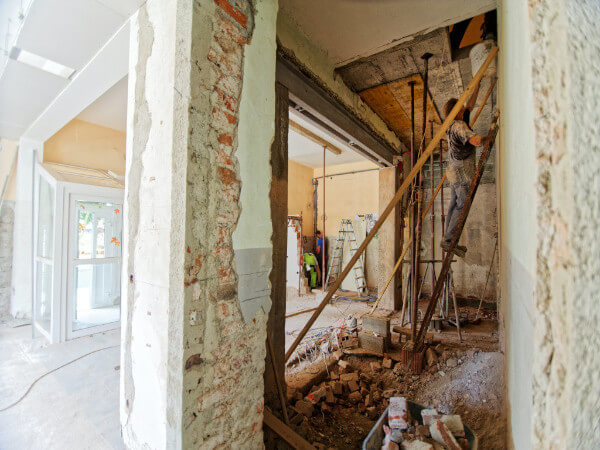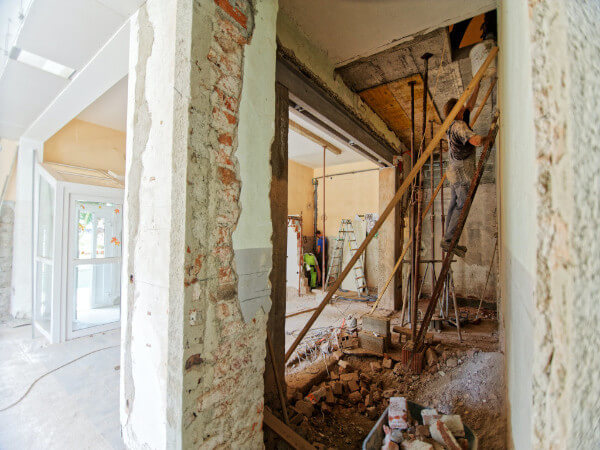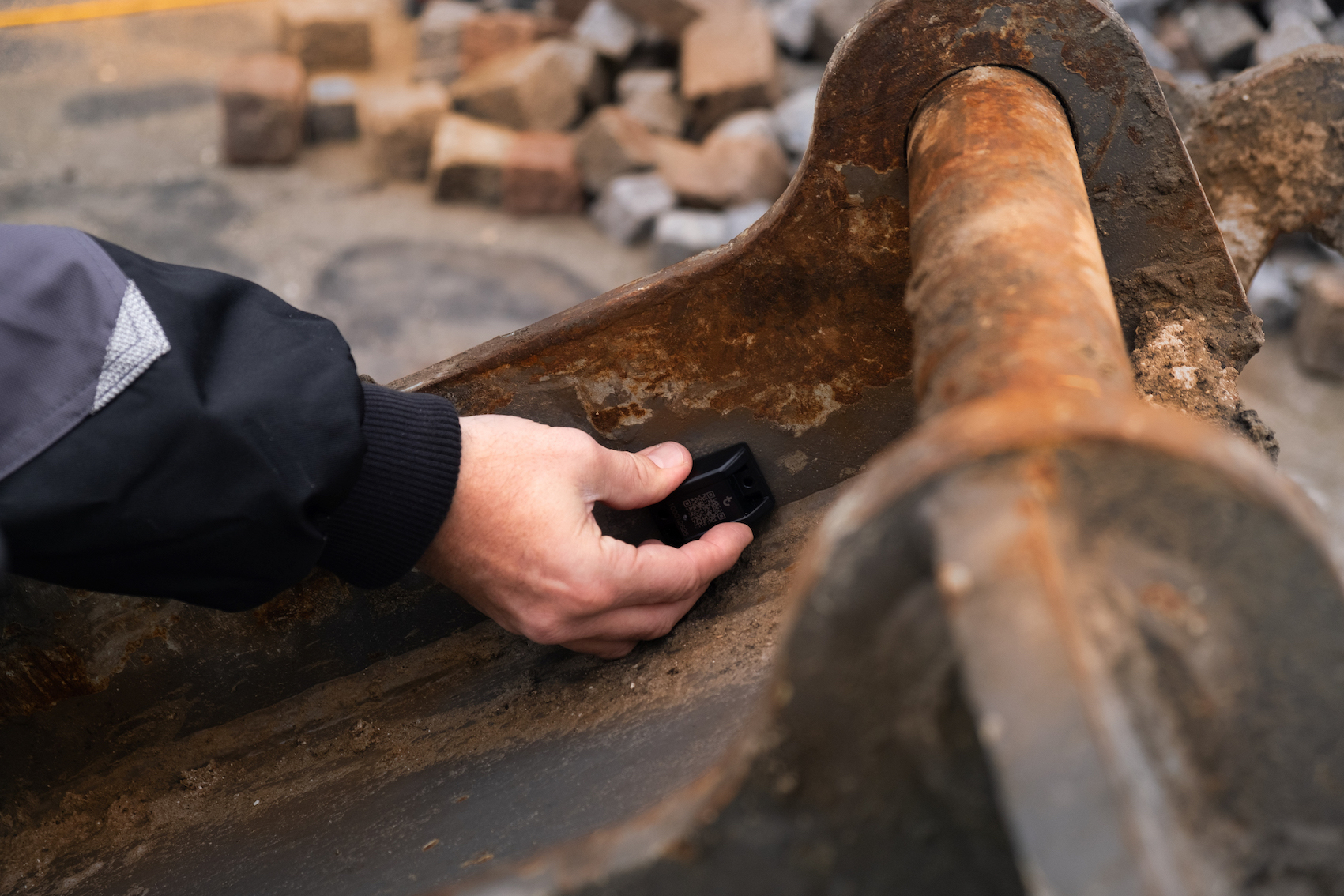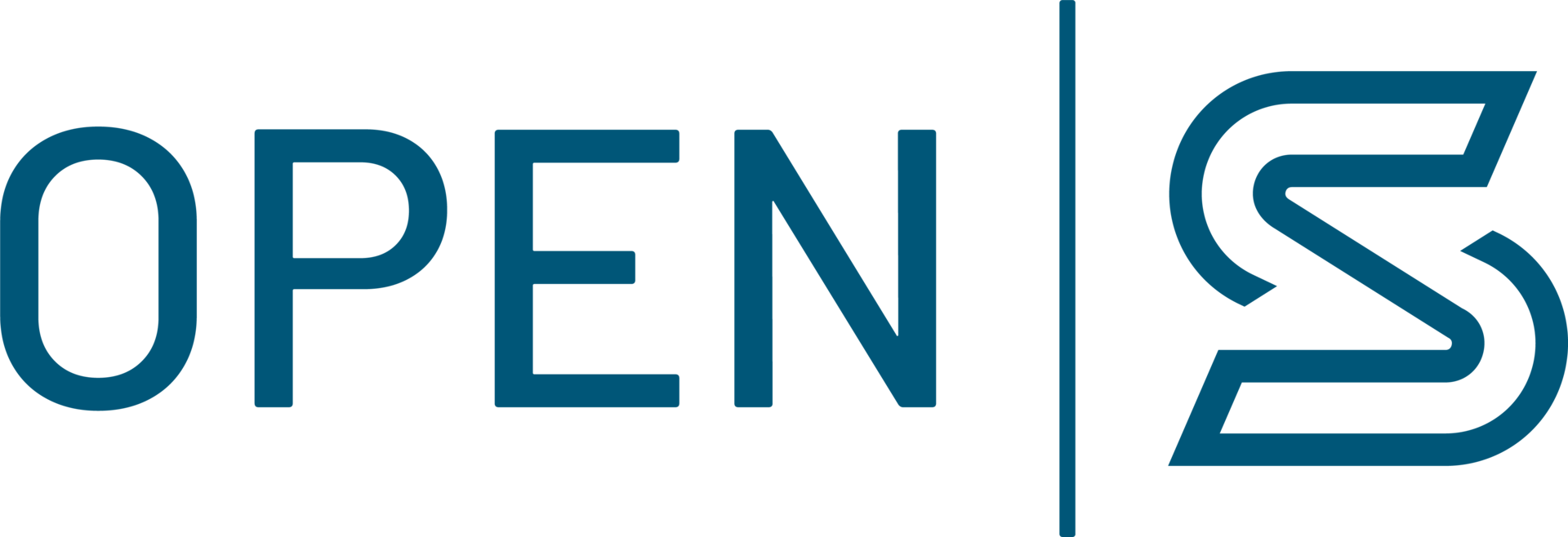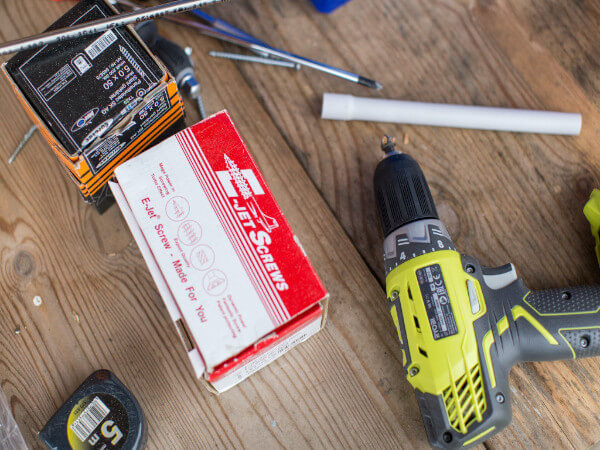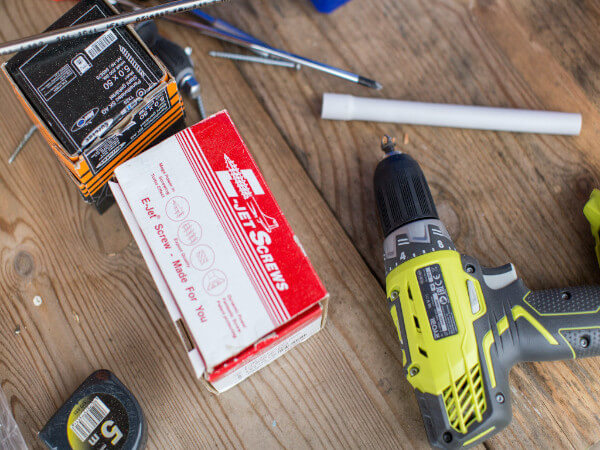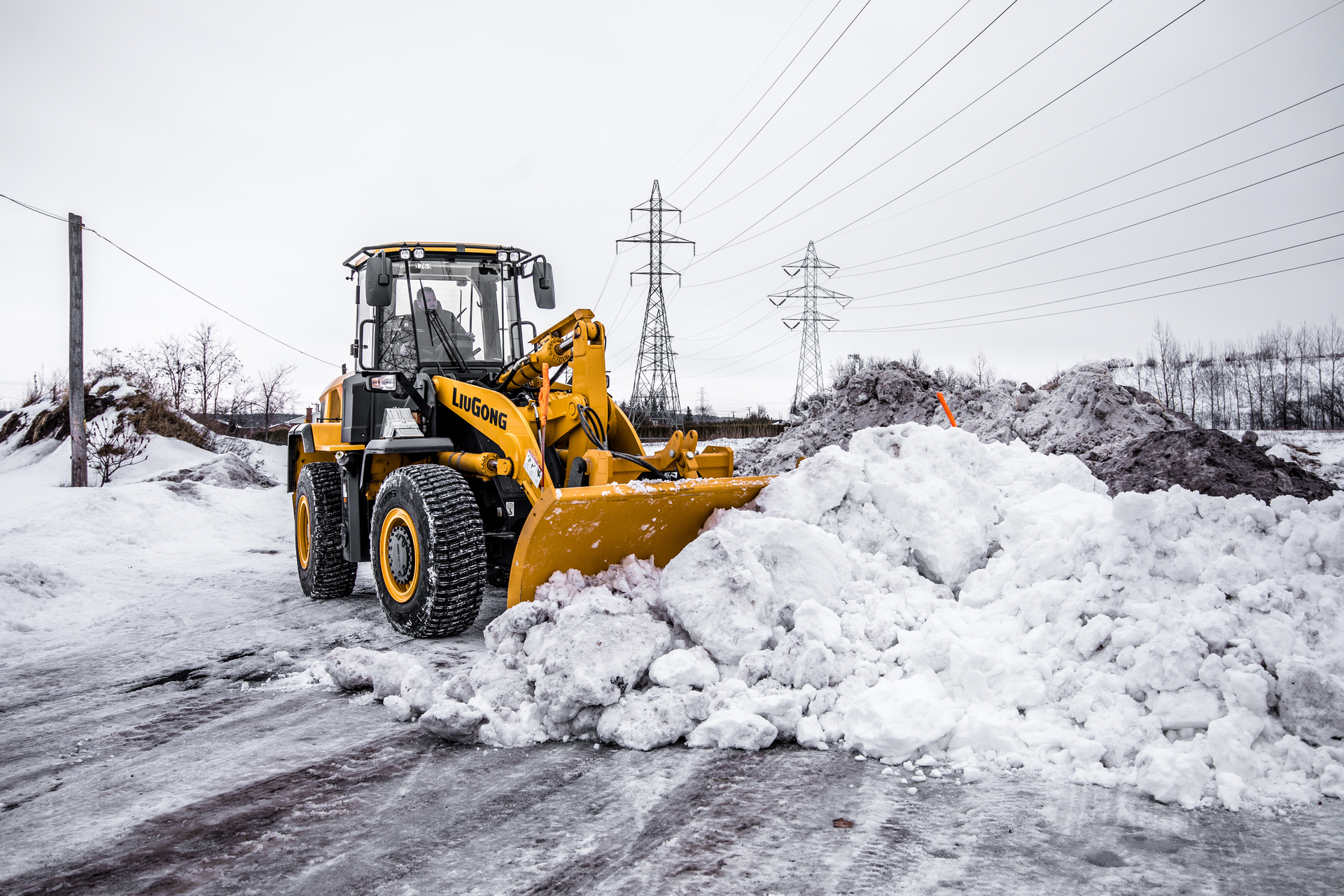
A new report by the Arkansas Department of Transportation says its Heavy Bridge Maintenance Inspection Program should be placed under new management and reorganized for failing to locate a cracked tie girder that led to an emergency closure of a major I-40 bridge.
The Hernando do Soto Bridge over the Mississippi River between Memphis, Tennessee, and West Memphis, Arkansas, was shut down from May 11 to August 2 after a crack was discovered during a routine inspection. The closure of the major freight corridor cost the trucking industry an estimated $2.4 million a day and led to rerouting 55,000 drivers that use the bridge daily.
The After Action Report released November 10 outlined several management flaws in the bridge inspection program that let to the crack going undetected since at least 2016. The same day the report was released, two longtime bridge engineers retired, according to news reports.
The ArDOT report casts much of the blame on an inspector fired soon after the bridge was closed. The report says ArDOT asked the U.S. Department of Transportation’s Office of Inspector General “to determine if this negligence constitutes a criminal action.” It says the inspector general’s office has interviewed ArDOT bridge inspection employees and been provided data and reports. ArDOT is awaiting the investigation’s conclusion.
The ArDOT report says the crack in a welded splice between two plates in a tie girder “was visible at least as early as 2016,” and the fired inspector “was directly responsible for inspecting that portion of the bridge in 2016, 2017, 2019 and 2020.”
A drone inspection in 2019 had photographed the crack. The 2021 routine inspection that led to the bridge’s closure was conducted by Michael Baker International, ArDOT’s consultant bridge inspector.
Management failure
The ArDOT report faults management of the agency’s Heavy Bridge Maintenance Inspection Program for failing to properly handle complaints about the fired inspector.
“Management’s failure to adequately act on reports by employees concerned with the terminated inspector’s job performance perpetuated a culture where team members did not feel they had the authority or support to question a lead inspector’s procedures or thoroughness,” the report says.
The bridge program failed to rotate inspection teams, which enabled the same lead inspector to inspect the same arch spans on the I-40 bridge four times between 2016 and 2020. The inspection reports “lacked adequate details,” failing to show which inspector was responsible for specific bridge sections and when specific elements were inspected.
It also said the bridge’s inspection in 2018, the one the fired inspector did not conduct, was performed by an inspector who had never inspected that portion of the bridge before, due to “a lack of adequate management and organization by administration.” That inspector “has been verbally counseled and will receive additional training.”
The report calls for committees to be formed for oversight, additional leadership and accountability, and the program needs more personnel to strengthen it.
A professional engineer should provide on-site supervision of each complex, heavy bridge inspection, and bridges that are fracture critical should not be inspected by the same inspector consecutively, the report says.
Internal cracking present for decades
The initial crack that led to the bridge’s closure formed in the interior face of the girder box during a repair when it was being fabricated in the 1970s and was not visible, according to the report.
The repaired area was more susceptible to cracking because of the steel and welding methods used in the 1970s. The report says the cracking likely started soon after the repair, was never detected, even during ultrasonic testing in 1982, and “remained unchanged for a number of years.”
The crack reported in May of 2021 had “fractured through the remaining thickness” and was photographed in a 2019 drone photo. The fracture extended up the “the remaining web, across the top flange.”
The report says the crack likely spread over time because of low temperatures, increased tie girder stress and heavier traffic loads.
While the bridge was closed over the summer, ultrasound inspections determined that multiple other welds on the bridge had hidden anomalies. That led to additional steel plating added by Kiewit, which was awarded the repair contract.
In all, the emergency repairs and follow-up inspections cost $10 million, the report said.
The ArDOT report says “it is highly unlikely that a similar fracture will occur” on the I-40 bridge because there was no evidence of fatigue crack growth elsewhere. But it also calls for continued “arms-length fracture critical inspections,” and that ultrasonic testing be performed periodically.
Did you miss our previous article…
https://www.3555pacific.com/?p=496

